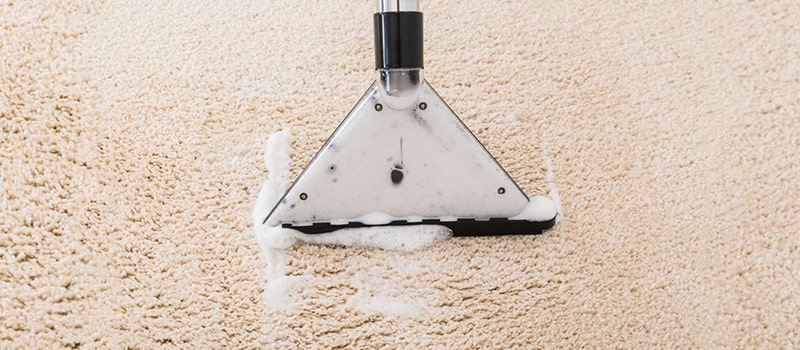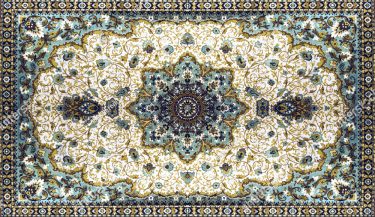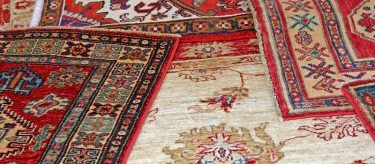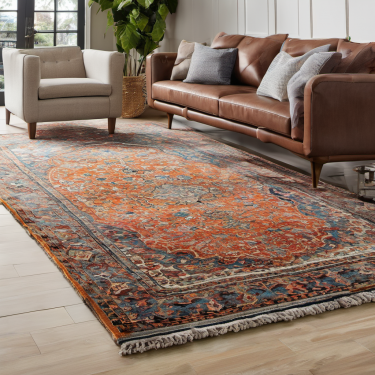How to Save Your Oriental Rugs After a Flood
Home » Green Carpet Blog » Oriental Rug Care » How to Save Your Oriental Rugs After a Flood


Whether you are curious about redeeming a rug that has been harmed by flooding because your home was in the path of a hurricane or tropical storm, you had pipes burst, a toilet overflowed, or a leak that led to lots of water entering the home, there is good news. While a lot of your possessions might be irredeemably damaged, an Oriental rug might be savable!
First Things First – Remove The Water
Here’s the problem with flooding – the water is not always just water. It could be full of almost any possible contaminant, from oil and sewer materials to toxins and debris. Because of that, one of the first things you can do to save an Oriental rug exposed to flooding is remove the water.
A soaking wet rug is too heavy and too vulnerable to remove. Start by using a shop vac to get water away from the rug and the area. You can tuck the hose beneath the rug, getting help from others to lift the long or short edge slightly, in order to suck up the water trapped beneath. The goal is to get enough water off of the rug to enable you to roll it and move it.
Once you can safely get it off the floor and to a place where it can remain dry, you can then begin to blot the rug with clean towels and cloths. Lay it out on a collection of towels or other absorbent materials, like cotton blankets and then roll it up gently to remove them after a few moments. It may be a heavy amount of work, but getting the water out is the key to saving the rug.
We don’t recommend you rent a water extractor if you’ve never used one before. Silk can be easily torn, and water soaked wool or cotton can also be prone to damage if tugged or handled wrong. The extractor can do damage, so begin by removing the water through blotting and air drying.
Second – Expert Running
Unfortunately, the absorbency of the natural fibers in Oriental rugs makes them prone to color running. The colors will look as if they have bled out into other areas of the rug, and even the foundation of the rug can begin to degrade. This is why you don’t want to handle the rug too much or use the extractor.
The sooner you get it out of the water and start to get it dried out, the better the conditions. However, you will need to have the rug freed of materials that can cause it to develop odors, deteriorate or experience dry rot.
Third – Get Help
To have the rug thoroughly cleaned and freed of mold spores, toxic materials, and debris requires an expert rug cleaner. They have the tools and the knowledge needed to save the rug and spare it any further harm. It may not have emerged in pristine shape, but with the help of a professional, you can save it and continue to use it for decades after the waters have receded.


Categories
Carpets
Oriental Rug



